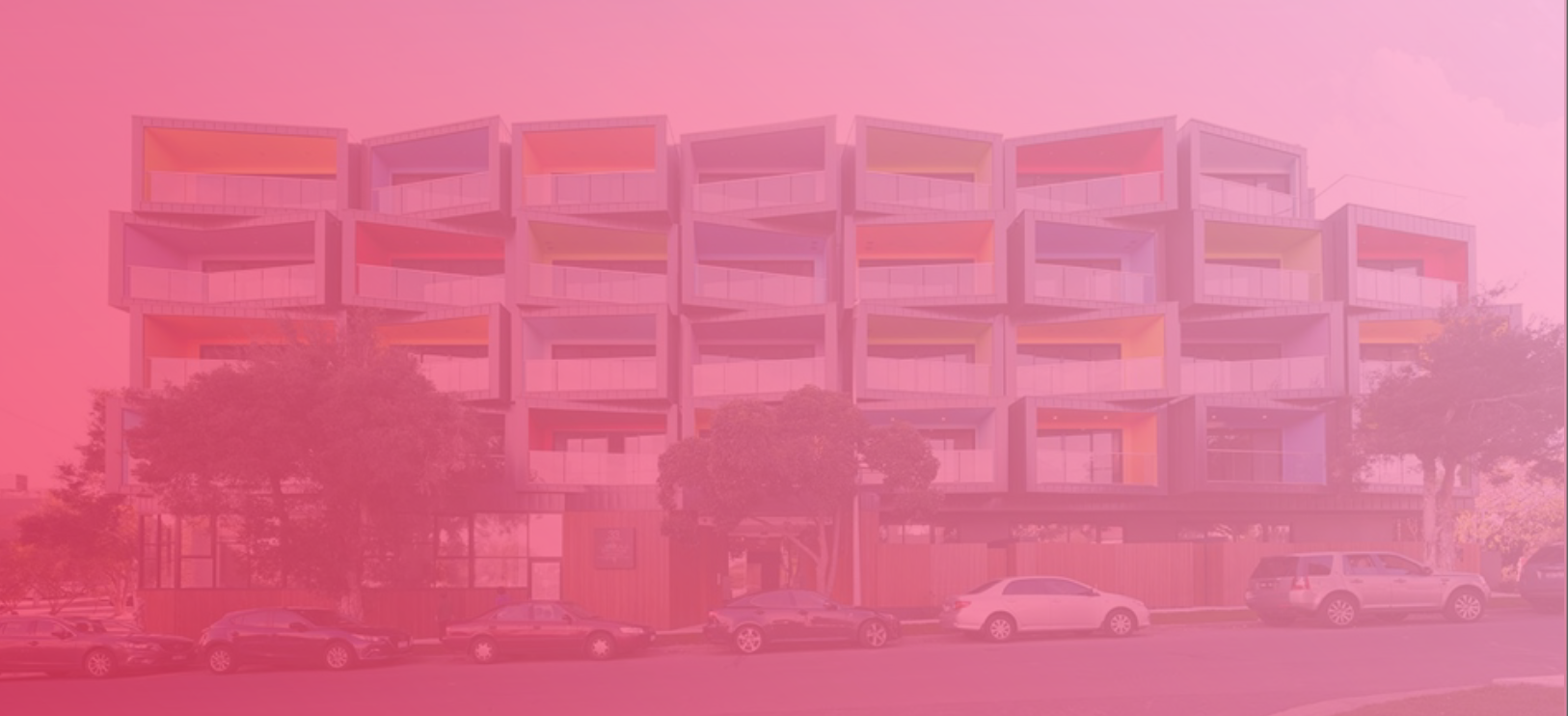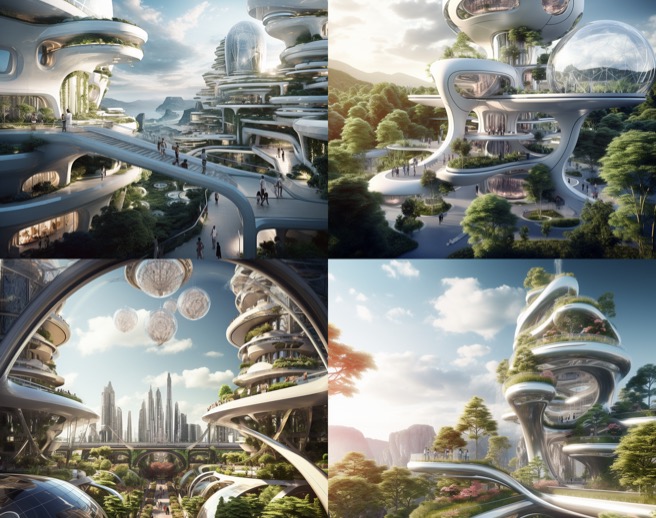



ABOUT THE AUTHOR
Isabel Sámano - Architect, Jr Project Leader
Facade design is a crucial part of architecture and urban planning, as the facade is the visible face of a building and has a significant impact on its appearance and how it integrates into its surroundings. Below you will see some secrets and key considerations about materials, textures and colors in facade design.
1. Selection of suitable materials: The choice of facade materials should be based on considerations such as local climate, budget, durability and aesthetics. Some common materials include brick, stone, wood, glass, metal, and concrete.
2. Sustainability: It is increasingly important to consider sustainability in the design of facades. Look for materials that are environmentally friendly and have a long lifespan.
3. Texture: Materials can have different textures, from rough to smooth. Texture can influence the overall appearance of the facade and how it interacts with light.

1. Contrast: The combination of textures can add visual interest to the facade. For example, you can mix rough bricks with smooth metal panels to create contrast.
2. Patterns and relief: Patterns and reliefs on the surface of the facade can add character and depth to the design. Architectural details such as moldings, friezes and ornaments can enrich the texture.
3. Functionality: Texture can also have a practical function, such as providing thermal or acoustic insulation. Facade materials with specific textures can fulfill these functions.


1. Color palette: The choice of colors for the facade must harmonize with the environment and comply with local design regulations. You can opt for a neutral and discreet color palette or be bold and use brighter and more striking colors.
2. Light effects: Colors may be affected by natural and artificial light. You should consider how the facade will look at different times of the day and under different lighting conditions.
3. Psychology of color: Colors can evoke emotions and sensations. For example, warm tones like red and yellow can give a feeling of warmth, while cool tones like blue can convey tranquility. Think about the atmosphere you want to create.
4. Durability: Be sure to choose colors and finishes that are resistant to fading and wear over time. Colors that age well will keep the facade looking attractive for longer.
In short, facade design is a combination of art and science, where the selection of materials, textures and colors plays a fundamental role in the appearance and functionality of the building. Carefully consider all of these aspects to create a facade that is aesthetically appealing, sustainable and functional.
Human innovation and positive design are fundamental in architecture. Innovation involves finding creative and sustainable solutions to architectural and environmental challenges, while positive design seeks to create environments that are not only environmentally friendly, but also improve the quality of life of people and communities. In architecture, these concepts are combined to develop buildings and environments that are ecologically responsible and promote human well-being.

Images created with A.I. to exemplify "The secrets of facade design" by Cafeína Design
